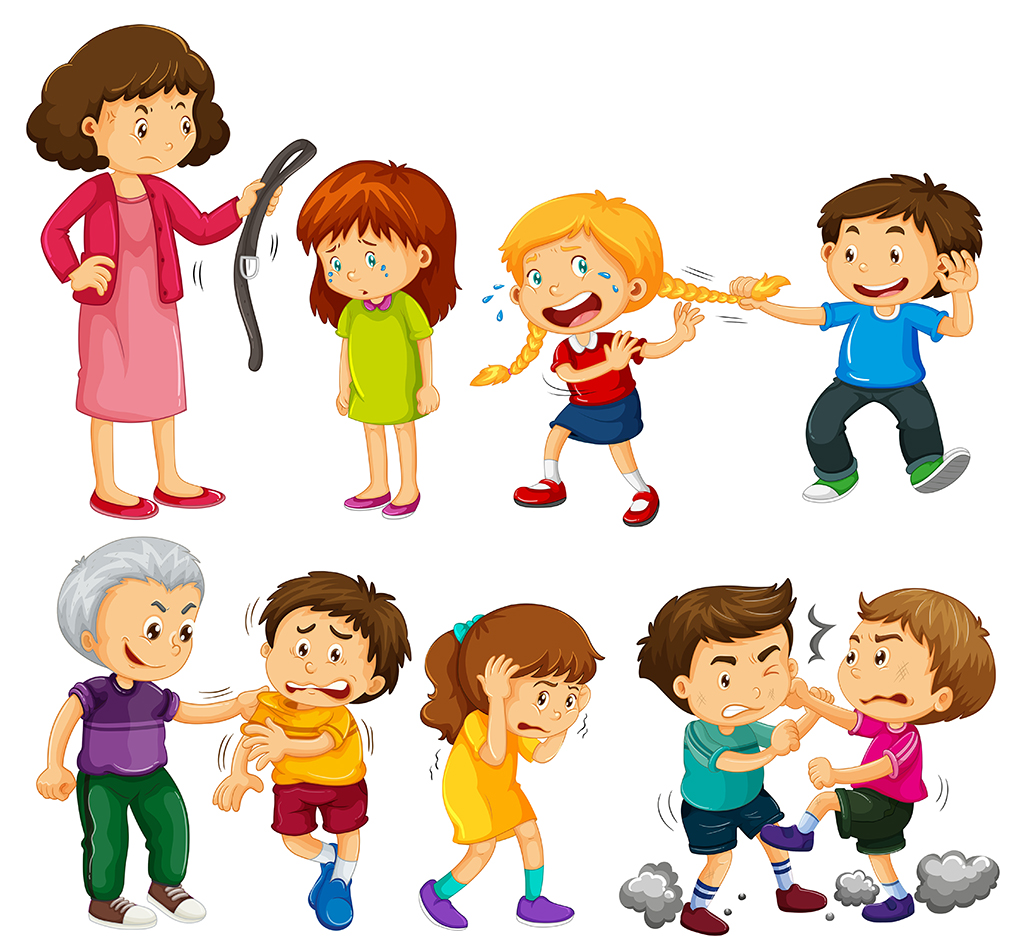Tips for Managing Tantrums and Emotional Outbursts at Home
Parenting can be challenging, especially when young children express intense emotions through tantrums and emotional outbursts. These behaviors are a normal part of childhood development, as children are still learning to understand and manage their feelings. However, frequent outbursts can be stressful for parents. The good news is that with patience, understanding, and consistent strategies, you can help your child navigate their emotions while maintaining a peaceful home environment.

1. Stay Calm and Composed
When a child is having a tantrum, your reaction plays a crucial role. Children often mirror adult emotions, so staying calm can help de-escalate the situation. Take deep breaths, speak in a steady voice, and avoid yelling. Showing calmness communicates safety and stability, helping your child feel more secure.
2. Understand the Root Cause
Every tantrum has a reason behind it, whether it’s frustration, fatigue, hunger, or seeking attention. Observing patterns in your child’s behavior can help identify triggers. For example, if tantrums happen around mealtime or during transitions, you can plan ahead by ensuring snacks or preparing them for the change. Understanding the “why” makes it easier to respond effectively.
3. Set Clear and Consistent Boundaries
Children need to know what behavior is acceptable and what isn’t. Clearly communicate rules and expectations, and be consistent in enforcing them. Consistency builds a sense of security and reduces the likelihood of repeated outbursts. Avoid giving in to tantrums, as it may unintentionally reinforce negative behavior.
4. Offer Choices and Encourage Independence
Empowering children with simple choices can reduce frustration. For example, let them choose between two outfits or two snack options. Giving them a sense of control helps them practice decision-making skills and reduces the feeling of helplessness that often triggers emotional outbursts.
5. Teach Emotional Expression
Children often throw tantrums because they lack the words to express their feelings. Encourage your child to use words like “I’m angry,” “I’m sad,” or “I need help” instead of acting out. Role-playing or reading books about emotions can be effective ways to teach this skill.
6. Provide Comfort and Reassurance
Sometimes, children need to release their emotions safely. After ensuring everyone is safe, allow them to calm down with gentle comfort if needed. Hugs, reassuring words, or simply sitting together quietly can help them feel understood and supported.

7. Use Positive Reinforcement
Praise and acknowledge good behavior when your child handles frustration well. Positive reinforcement encourages repeated positive actions and helps build emotional resilience. Simple phrases like “I’m proud of how you calmed down” go a long way in reinforcing self-regulation.
8. Model Healthy Coping Skills
Children learn by observing adults. Show them how you manage frustration, disappointment, or anger constructively. Whether it’s taking a deep breath, counting to ten, or talking through problems, modeling emotional regulation gives your child practical tools to emulate.
9. Keep a Routine
Predictable routines create a sense of security for children. Consistent sleep, meal, and play schedules can prevent many tantrums caused by fatigue, hunger, or overstimulation. When children know what to expect, they feel more in control and are less likely to act out.
10. Seek Professional Support if Needed
If tantrums are extreme, prolonged, or affecting daily life, consider consulting a child psychologist or counselor. They can help identify underlying issues and provide tailored strategies to support your child’s emotional development.
Tantrums and emotional outbursts are a natural part of childhood, but they can be managed with patience, empathy, and consistent strategies. By staying calm, understanding triggers, teaching emotional expression, and providing support, parents can help their children develop healthy coping skills that last a lifetime.

